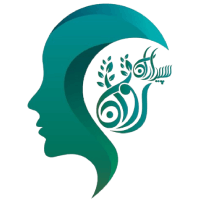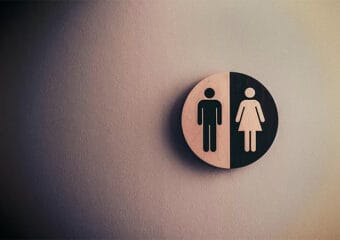
Blog
Specific phobia
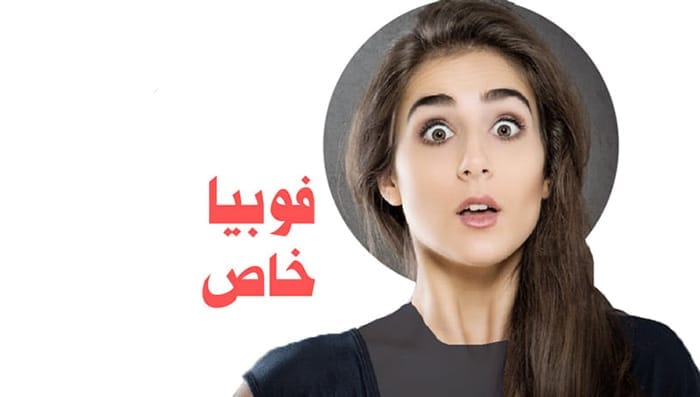
Have you ever experienced intense panic or anxiety toward numb creatures or peculiar situations? specifice phobias have always been a challenging, tense, and crucial topic in the field of psychology.
We are going to discuss and observe specific phobias in the following article.
There are different kinds of phobias, such as the fear of water, known as “aquaphobia” or the fear of blood, known as “hemophobia.”
فهرست عناوین
ToggleWhat is a specific phobia?
Specific phobias are a type of anxiety disorder characterized by intense, overwhelming, and irrational fear of particular living beings, places, situations, or objects. People with specific phobias experience persistent and irrational fears of specific situations or objects that pose little actual risk. In other words, the fear does not match the real level of danger. Specific phobias cause intense distress, and individuals often go to great lengths to avoid the feared subject or situation. These phobias are persistent and lead to both mental and physical reactions.
A specific phobia is distinct from anxiety disorders in that its impact on a person’s daily life is significant enough to disrupt their normal routine. Individuals with specific phobias experience intense anxiety in response to specific triggers. This phobia is diagnosed when the fear or avoidance causes great distress or disruption in a person’s life. Unlike the brief anxiety experienced during a lecture or exam, specific phobias often persist long-term.
Individuals suffering from a specific phobia experience intense fear when exposed to certain objects, animals, or situations. This fear leads to avoidance of the triggers and can cause severe anxiety. People with specific phobias are often aware of the irrationality of their fear but still feel compelled to avoid the triggers. In addition to avoiding real-life triggers, individuals may also avoid watching movies or images that include the feared object, animal, or situation.
Mentality caused by thinking about scary animals or objects may cause feelings of sickness, nausea, and fear. In other words, if a person is afraid of spiders, he avoids direct contact with them and tries to escape from the place immediately. In an acute case, even a picture or even a discussion about spiders can cause symptoms of fear and discomfort in a person.

Symptoms of a phobia
. Phobias can limit life experiences and quality of life. These phobias can prevent meaningful relationships and people may be trapped in situations they don’t want to be in. Some of the symptoms that may indicate a phobia include:
- Shortness of breath and increased heart rate
- Tremendous trembling
- shaking
- Feeling dizzy
- Increased sweating
- Change in skin color
- Irritable bowel syndrome
- Visible signs of panic or “hysteria” when confronted with the subject of the phobia
Suggested article: generalized anxiety disorder
Specific phobia versus other anxiety disorders
Various anxiety disorders have symptoms like high levels of anxiety, inappropriate responses, and avoidance behaviors. Specific phobias only occur when facing certain objects or situations. Sometimes, when a person experiences anxiety in response to certain stimuli, they may mistakenly believe they have other anxiety disorders like generalized anxiety disorder. However, if a person’s anxiety is limited to a specific area, they may be facing a specific phobia.
Specific phobia versus normal fear responses
Distinguishing between “normal” anxiety and a specific phobia can be challenging. Many people have fears that may not seem logical and are likely to experience intense anxiety when confronted with these fears. The key difference between normal anxiety and a specific phobia lies in how much the fear affects a person’s quality of life or performance.
When a person experiences anxiety in response to certain stimuli, other anxiety disorders such as generalized anxiety disorders are sometimes believed to exist.
categories of specific phobias
These types of specific phobias are divided into five distinct categories, each category containing several subcategories.The five categories of specific phobias are:
Situational phobia
causes anxiety in certain situations, which includes acrophobia (fear of heights), claustrophobia (fear of being in confined spaces), fear of bridges and tunnels, and driving.
Damage phobia
includes physical damage, injury, or blood stimuli such as Dentophobia (fear of the dentist), trypanophobia (fear of needles), and hemophobia (fear of blood).
Environmental phobia
Environmental phobia refers to the fear of natural features or natural events, including Aquaphobia (fear of water), Astrophobia (fear of lightning), nyctophobia (fear of the dark)
Phobia of animals or living things
These are fears caused by insects, animals, or other living things. Some of the options on the list are entomophobia (fear of insects), ophidiophobia (fear of snakes), and arachnophobia (fear of spiders).
Uncategorized phobia
the maladaptive phobia includes a wide set of fears that these fears include diseases and conditions such as Emetophobia (fear of vomiting), hypochondria (fear of getting sick), Trypophobia (fear of holes), Colorophobia (fear of costumes and characters), Ophthalmophobia (fear of eyes), Trosophobia (fear of suffocation) and Demophobia (fear of crowds).
A therapist can help you pinpoint the primary causes of the condition and guide you in learning how to effectively manage the situation.
Suggested article: mood disorders
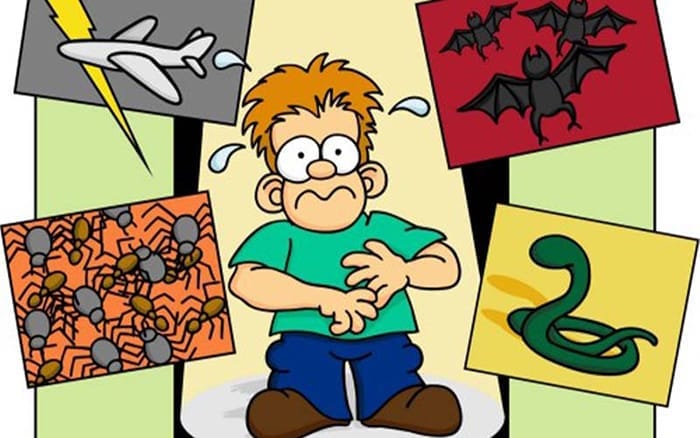
Causes of specific phobias
Several factors can contribute to this disorder, including:
Brain function: Changes in brain function may cause phobias.
Genetic and environmental factors: People may inherit phobias from their families, and living with people with certain disorders may lead to learning similar behaviors
Past experiences: Most phobias start from negative past experiences. For example, encountering a snakebite may trigger a flare-up of ophidiophobia.
Mood: Mood factors also play a key role in the advent of phobias. People with personality traits such as neuroticism and behavioral inhibition are more susceptible to such disorders.
Diagnosis
Fear or anxiety in common situations such as public speaking is normal. However, there is a significant difference between short-term anxiety signs and phobia. All phobias have common features, so the following criteria should be seen to recognize them:
- Encountering an object or situation always causes intense discomfort.
- When the source of fear is presented, an intense and immediate response occurs.
- Exposure to the source of the phobia causes inappropriate, irrational, and persistent fear that does not represent a real threat.
- This disorder disturbs the daily life of the patient.
- The doctor rules out other disorders such as obsessive-compulsive disorder or agoraphobia as the cause of the phobia
- The specific symptoms of the phobia have lasted for at least six months.
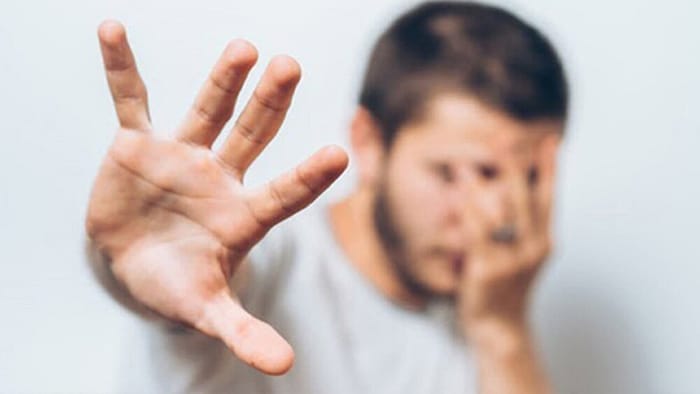
Treatment
Understanding the approaches and management of specific phobias is crucial when they lead to serious levels of tension and negative effects in a person’s daily life. With access to the right information and appropriate guidance, individuals can comprehend these challenges and find suitable solutions. Exposure therapy is often used to treat specific phobias, and in some cases, medication may be used depending on the severity of the symptoms. The varying levels of anxiety surrounding specific phobias contribute to the delay in recovery. However, it is possible to treat and manage these psychiatric disorders. Psychotherapy, medication, or a combination of both can help individuals with phobias lead better lives. Specific phobias are common disorders that can interfere with a person’s daily life.
برای مشاوره رایگان و رزرو وقت (یا اگر تماس گرفتید و قادر به پاسخگویی نبودیم) شماره تماس خود را وارد کنید. ما به زودی با شما تماس می گیریم!
